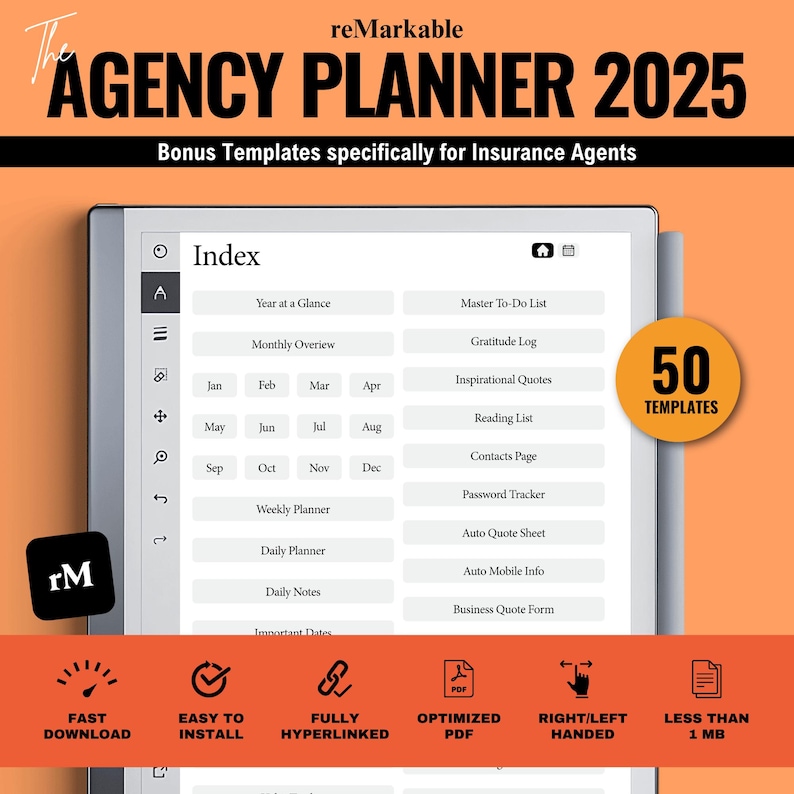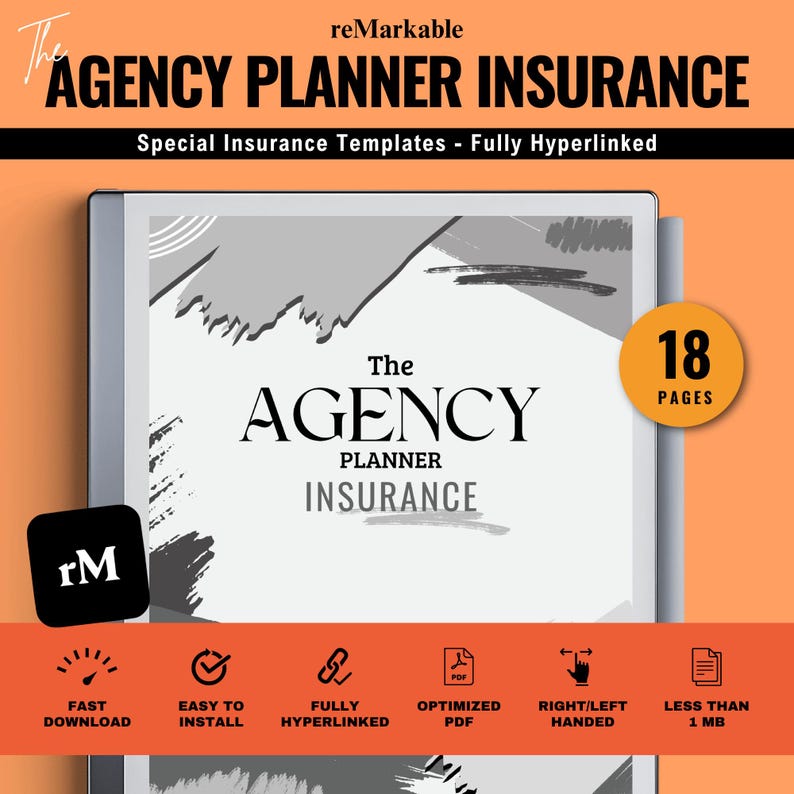Living in or near London, KY 40744 comes with its own unique set of challenges and considerations—one of the most important being flood risk. Understanding flood zones in this area isn’t just about staying informed; it’s about protecting your home, your family, and your investment. Whether you’re a long-time resident or new to the community, having a clear grasp of what flood zones mean, how they’re determined, and what precautions to take can make all the difference when severe weather strikes. In this article, we’ll break down the essentials of flood zones in London, KY 40744—helping you to stay prepared and make confident decisions when it comes to flood safety.
Table of Contents
- Understanding the Flood Risk Factors Unique to London KY 40744
- How Flood Zones Impact Property Values and Insurance Requirements
- Preparing Your Home and Family for Potential Flood Events
- Navigating Local Resources and Support for Flood Zone Residents
- To Wrap It Up
Understanding the Flood Risk Factors Unique to London KY 40744
London, KY 40744 sits in a unique geographical and hydrological setting that significantly impacts its flood risk profile. The city’s proximity to several tributaries of the Cumberland River means that seasonal rains can lead to rapid water level rises, especially during spring and periods of intense storms. Additionally, the area’s topography—with its combination of rolling hills and low-lying floodplains—can amplify runoff, increasing the chances of localized flooding. Urban development patterns, including impervious surfaces like roads and parking lots, further reduce natural absorption, heightening flood risk in certain neighborhoods.
When assessing flood vulnerability here, it’s important to consider key factors such as:
- Historical flood records that highlight recurrent hotspots prone to overflow.
- Soil composition affecting drainage capacity and water retention.
- Local drainage infrastructure conditions and maintenance levels, which can mitigate or exacerbate flood impact.
- Climate change trends influencing rainfall intensity and frequency over time.
Understanding these elements helps residents and planners implement more effective flood prevention and preparedness strategies tailored specifically to the challenges faced by this Kentucky community.
How Flood Zones Impact Property Values and Insurance Requirements
Living in or near a flood zone significantly influences both the market value of properties and the financial responsibilities for homeowners. Properties situated in high-risk flood areas often see a decline in value due to the perceived risk and potential damage. Buyers are typically more cautious, which can lead to longer selling times and reduced offers. Conversely, properties in low to moderate risk zones may retain more stable values but still must navigate insurance dynamics carefully. Factors contributing to these fluctuations include proximity to water bodies, elevation, and local flood history, all of which are critical for prospective buyers and investors to consider.
Insurance requirements are equally impacted, with residents in designated flood zones facing stringent mandates. The National Flood Insurance Program (NFIP) often requires mandatory flood insurance for properties within these areas, which can substantially increase monthly expenses. Homeowners should prepare for:
- Higher premiums due to increased risk assessments.
- Potentially costly deductibles specific to flood damage.
- Mandatory compliance with local floodplain management regulations.
Effective risk management and understanding these requirements can save homeowners from unexpected financial burdens and ensure long-term property sustainability in flood-prone locations.
Preparing Your Home and Family for Potential Flood Events
To minimize the impact of flooding on your home, start by evaluating the vulnerabilities of your property. Elevate electrical appliances, and consider installing sump pumps or backflow valves to prevent water intrusion. Secure important documents in waterproof containers and create an emergency kit stocked with essentials such as bottled water, non-perishable food, flashlights, batteries, and first aid supplies. Don’t overlook exterior precautions like clearing gutters and drains regularly to ensure water flows away from your house effectively.
Equally important is ensuring your family’s readiness. Establish a clear communication plan, including meeting points and emergency contacts, to keep everyone informed and safe in case of an evacuation. Teach children how to recognize flood warnings and practice drills so they know what to do under pressure. Keep a list of evacuation routes handy, and share it with all family members. Being proactive and prepared can make the difference between chaos and calm when flooding threatens your London KY community.
- Elevate Utilities: Raise HVAC units and electrical panels above expected flood levels.
- Emergency Supplies: Assemble a grab-and-go kit with medications and emergency gear.
- Communication Plan: Designate contacts and meeting spots in case phones fail.
- Property Maintenance: Keep drainage paths clear and inspect your foundation regularly.
Navigating Local Resources and Support for Flood Zone Residents
To Wrap It Up
Understanding flood zones in London, KY 40744, is crucial for residents, homeowners, and potential buyers alike. Being informed about the risks and resources available can help you take proactive steps to protect your property and ensure your safety. While flood zones may seem like just another technical detail, they carry real implications for insurance, rebuilding, and peace of mind. Stay vigilant, stay prepared, and use the knowledge you’ve gained here to make smarter decisions about living in or moving to this area. After all, when it comes to natural hazards, awareness is your first line of defense.







